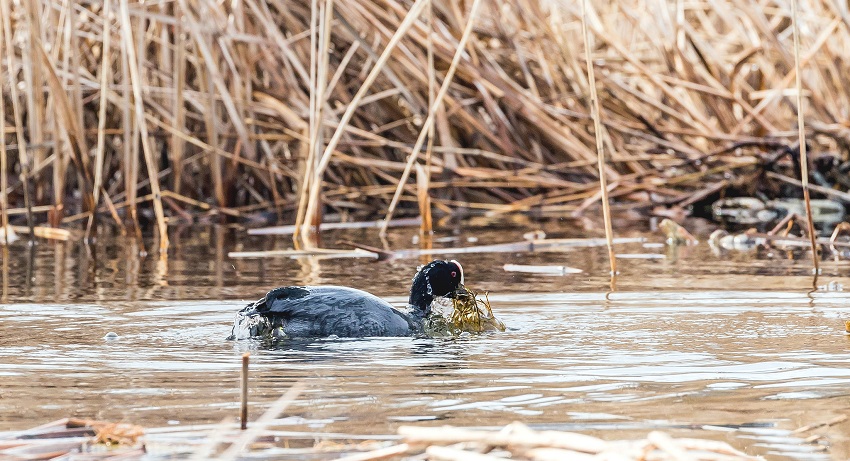A country party to the convention must ensure the conservation and sustainable use of biological diversity at the national level

The Convention on Biological Diversity is the most comprehensive international agreement on the conservation and use of nature. It provides for the protection of nature in all its richness and at all levels. Biodiversity is protected at the level of the gene, species, community, and the entire ecosystem.
The Convention has three objectives:
- the conservation of biological diversity (or biodiversity);
- the sustainable use of biological diversity;
- and the fair and equitable sharing of benefits arising from genetic resources.
In 1988, the United Nations Environment Programme (UNEP) convened a working group to begin preparing the text of a global convention on nature conservation. The need for this was driven by the rapid decreasing of the world’s biodiversity, which threatens the environmental quality of future generations and the benefits of nature.
The convention was adopted at the 1992 World Conference on Environment and Development in Rio de Janeiro. Estonia signed the convention in the same year. The convention entered into force a year later. Estonia ratified the agreement in 1994. As at 2021, 196 countries have acceded to the convention.
Two more protocols were subsequently drawn up on the basis of the convention, dealing with matters which were too general in the convention.
- The Cartagena Protocol on Biosafety regulates the safe use and transport of living genetically modified organisms (GMOs). This is due to the fact that GMOs can have negative effects on biodiversity and human health. The Cartagena Protocol was signed by Estonia in 2000 and entered into force in 2004.
- The Nagoya Protocol on Access and Benefit-Sharing governs the equitable sharing of benefits arising out of the utilisation of genetic material. This includes, for example, sharing the benefits of pharmaceuticals developed on the basis of traditional knowledge of local communities with the local community. The Nagoya Protocol entered into force in Estonia in 2019.
A country party to the Convention on Biological Diversity must ensure the conservation and sustainable use of biological diversity in its territory and thereby contribute to the achievement of the global objectives adopted for the protection and conservation of biological diversity. To this end, an appropriate strategy and action plan must be drawn up. Estonia has a ‘Nature Conservation Development Plan until 2020’, which also takes into account the objectives of the convention.
A state party to the convention, including Estonia, must report every four years on the implementation of the convention and its protocols.
In Estonia, the Ministry of the Environment is responsible for implementing the convention, but the Ministry of Rural Affairs and the Ministry of Education and Research are also responsible. The Ministry of the Environment is responsible for the environment, the Ministry of Rural Affairs is responsible for agriculture and fisheries, and the Ministry of Education and Research is responsible for education and research. The general contact point for the convention is the Nature Conservation Department of the Ministry of the Environment.
Last modified: 11.01.2022